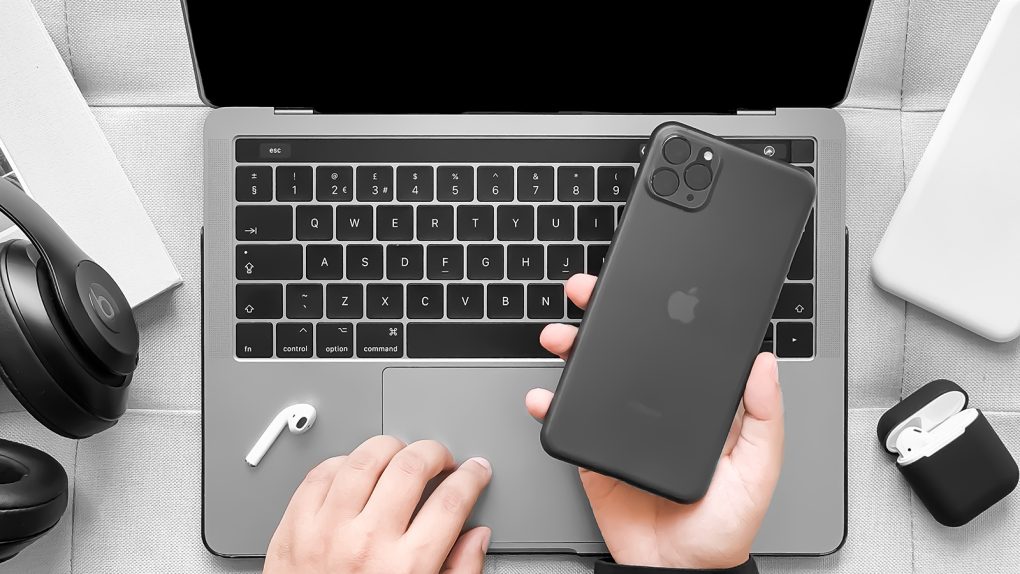We’re just one day away from Apple’s biggest press conference of the year: The iPhone 11 keynote. The phones will look a lot like their predecessors, as Apple is still relying on the same overall design it introduced with the iPhone X two years ago. But all three devices are getting a brand new camera system that dictates a significant change on the back — there will be a large triple- or dual-lens camera array, according to rumors.
Like every iPhone generation, the iPhone 11 handsets will also pack new components, but this year’s models are tipped to feature a part unseen before on an iPhone.
All 2019 iPhones are going to feature a new R1 sensor coprocessor codenamed “Rose,” according to MacRumors, which might officially be called R13 to match the A13 CPU that will power the devices.
Evidence inside iOS 13 suggests that the Rose coprocessor is similar to the M-series coprocessor that Apple introduced a few years ago. Therefore, the chip will analyze data from several sensors, informing the iPhone of its accurate location in space. However, the R-series chip will use a more sophisticated algorithm that will grab data from a bunch of sensors that currently don’t feed any information to M-series chips.
The motion coprocessor gets its data from the compass, gyro, accelerometer, barometer, and microphones. The R1 would also incorporate data from an inertial measurement unit (IMU), Bluetooth 5.1 chip, ultra-wideband (UWB), and camera (motion capture and optical tracking).
Moreover, the chip will use this sensor data to locate objects tied to Apple Tags, which is a Tile-like product Apple is expected to introduce tomorrow. Specifically, the Angle of Arrival (AoA) and Angle of Departure (AoD) features of Bluetooth 5.1 are what will help the R-series chips interpret Bluetooth data. It’s unclear whether tracking Apple Tags will be a feature exclusive to the iPhone 11 or whether the new iPhones will just be better suited for accurately tracking lost objects than older hardware.
The R-series chips will also help with People Occlusion from ARKit, the report notes.








